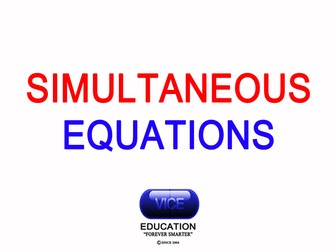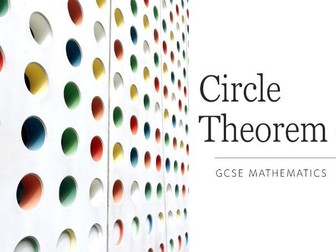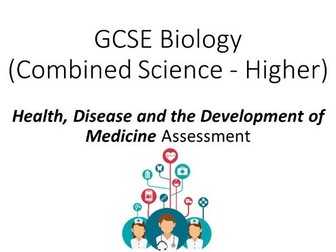GCSE Combined Science (Higher) Chemistry Paper 2
<p>This is a PDF document containing <em><strong>6</strong></em> questions of varying formats and a mark scheme for the GCSE Combined Science <em><strong>Chemistry</strong></em> (Higher) mock/practice paper 2 covering <em><strong>Key Concepts in Chemistry; Atomic Structure; Groups in the Periodic Table; Rates of Reactions and Energy Changes; Crude Oil, Hydrocarbons and Alkanes; Evolution of the Atmosphere; and Metals and Chemical Reactions</strong></em>. This paper can be used as a mock test administered at the end of covering all the topics included on paper 2 of the final exam or as revision tool for the final GCSE exam. <em><strong>60</strong></em> marks are awarded in total for this paper and the estimated time for completion is <em><strong>1 hour 10 minutes</strong></em>.</p>











